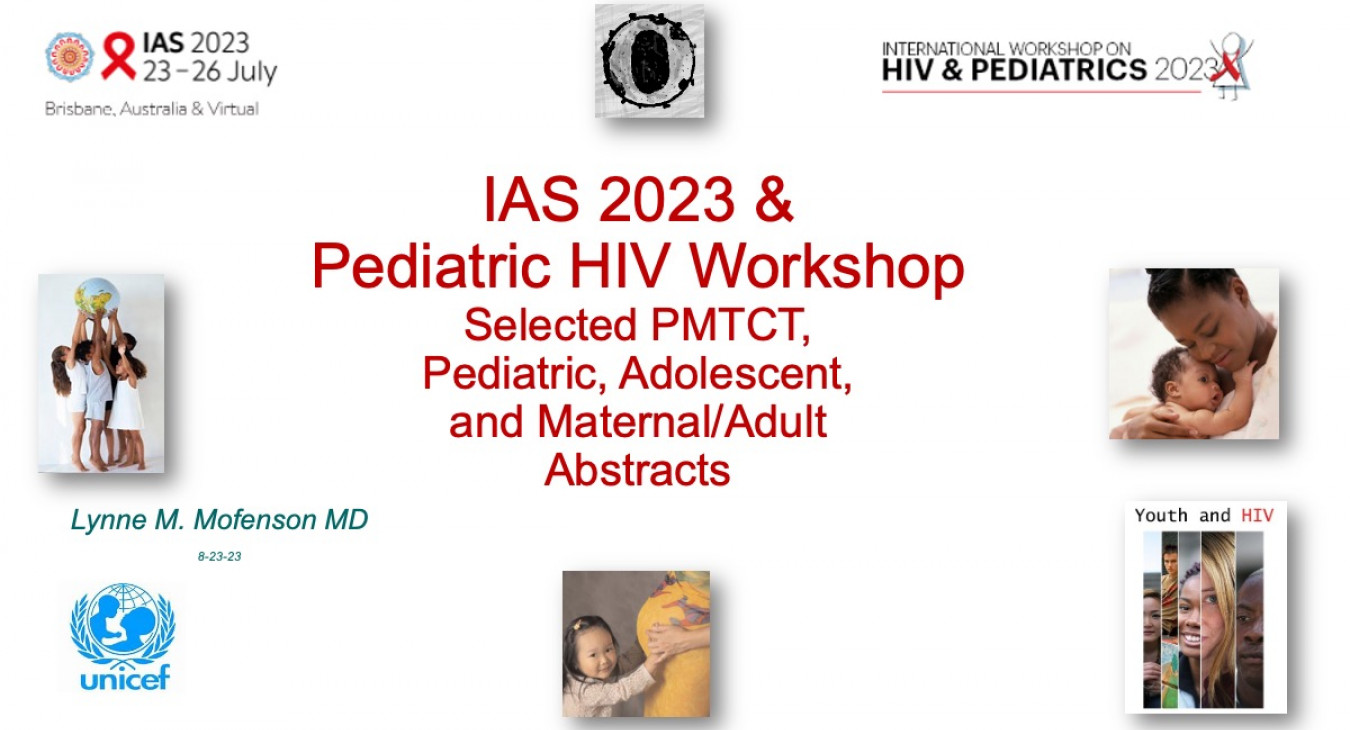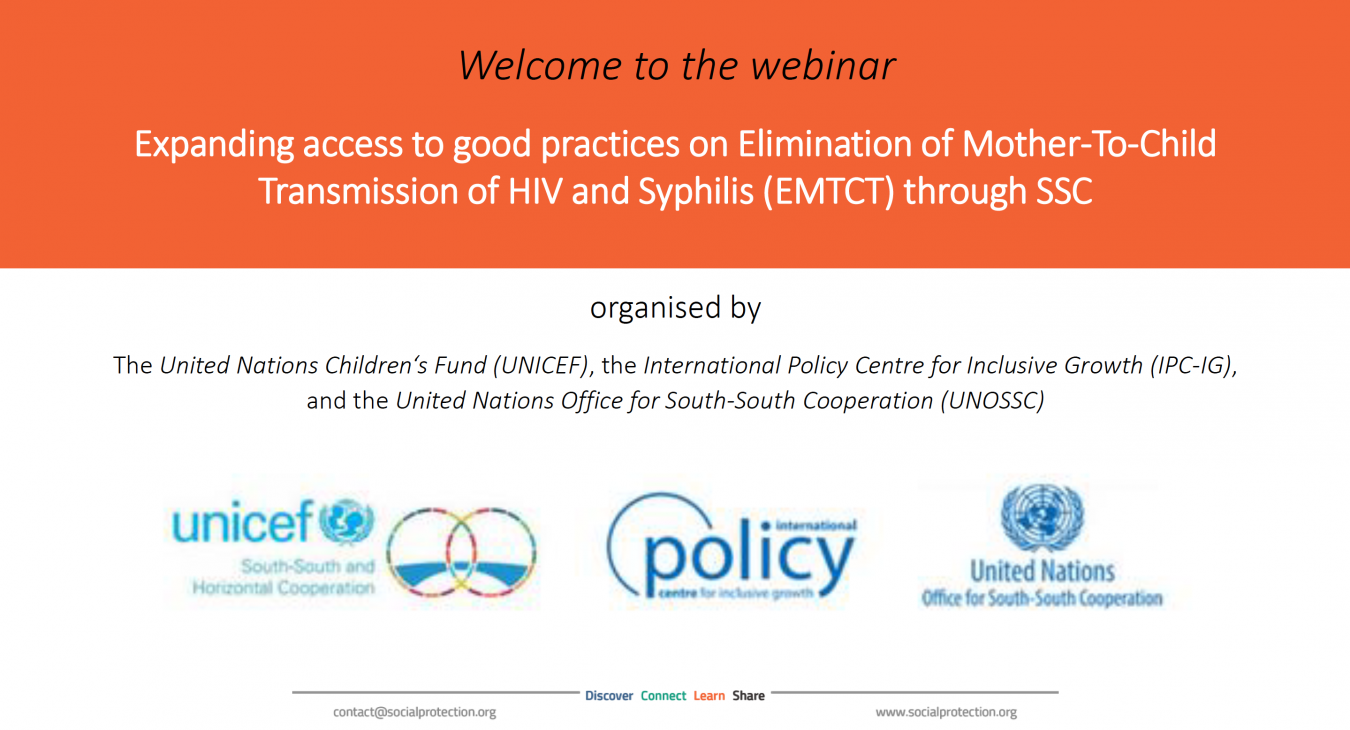Access to diagnostics to determine HIV infection is one of the major bottlenecks to timely treatment initiation in children and adults. Diagnostics for CD4 staging and monitoring, early infant diagnosis (EID) and viral load (VL) screening to monitor viral suppression have been historically offered using complex technologies, requiring test results to be sent away to central laboratories. Some HIV positive clients can wait for weeks or even months to receive test samples, contributing to loss to follow-up and causing delays that can have serious short-term and long-term impacts.
UNICEF has worked with partners and governments to ensure that laboratory testing services for children are optimized to enable rapid results, including through the use of point of care instruments for infant diagnosis and viral load testing. Faster clinical decision-making enables earlier initiation of treatment for HIV-positive infants; earlier interventions for patients with poor treatment adherence resulting in detectable viral load; and more timely switching of patients onto more effective regimens in case of treatment failure.

An extension of Key Considerations for Introducing New HIV Point of Care Diagnostic Technologies in National Health Systems, this Toolkit contains various practical tools and guidance to support countries as they introduce point-of-care (POC) HIV technologies into existing national diagnostic networks and laboratory systems.
Point-of-Care Diagnostics Toolkit
English version
French version

Innovative POC diagnostics can be a game changer in health systems as it enables testing outside the laboratory and closer to patients, can be used for the diagnosis of multiple diseases, addresses key limitations of conventional laboratory networks, and significantly increases access to diagnostic testing in a decentralized fashion.














